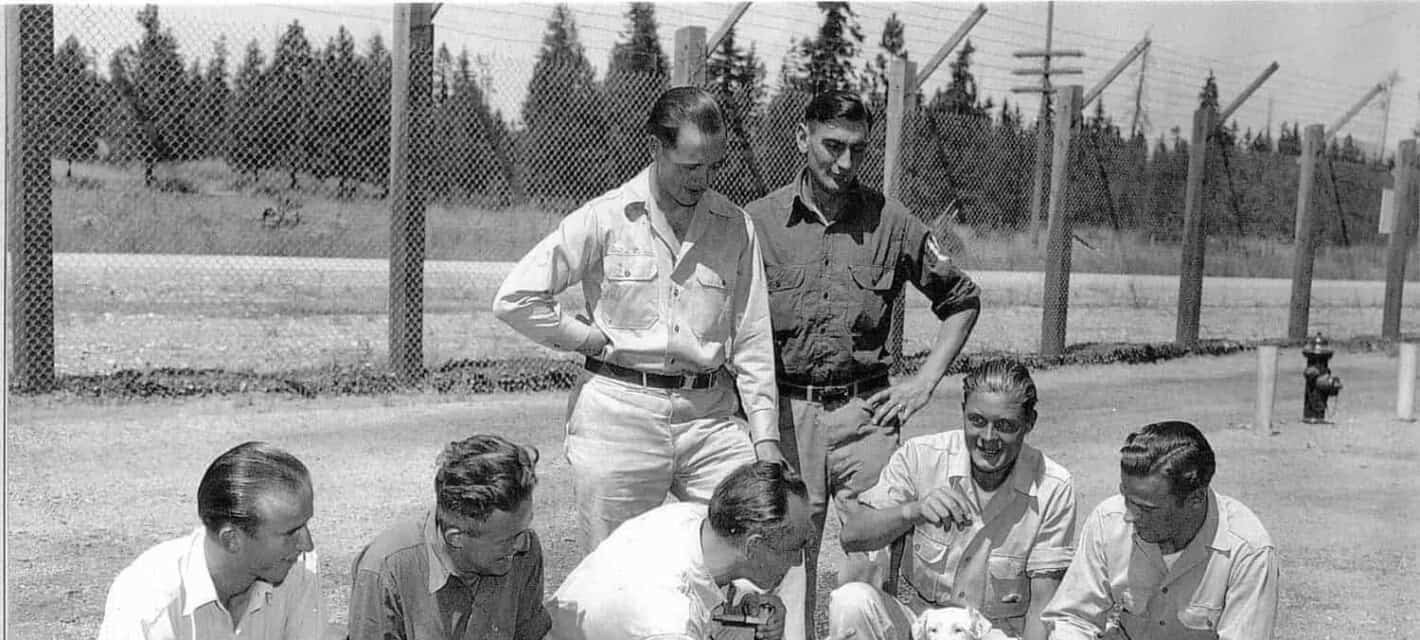During World War II, the American home front was changed in many ways. Many women went to work for the first time, filling in for men in factories and on farms while they served their country overseas. Rationing of everything from sugar to gasoline to meat forced Americans to sacrifice for the good of their country. Every U.S. citizen was called upon to help out with the war effort in one way or another.
Another noticeable change during the war was the vast network of Prisoner of War camps spread throughout the United States. Over 400,000 foreign POWs, mostly Germans, but also some Italian and Japanese prisoners, lived and worked in the U.S. in over 700 camps. Here are 5 examples of POW camps in the United States during World War II.
Camp Concordia

Camp Concordia held roughly 4,000 prisoners on a large swath of land in north-central Kansas. The camp was the largest out of the 16 in the state of Kansas, with over 800 U.S. soldiers keeping watch on German soldiers and officers on a daily basis. Camp Concordia was built very quickly. It took only 90 days for construction crews to put up over 300 buildings, including a hospital, a fire department, barracks and warehouses for both the prisoners and American soldiers. Most of the German POWs at the camp were captured during battles in North Africa. Many locals initially feared the Germans, believing that the thousands of former Nazi soldiers presented a threat to the community. Eventually, a working relationship between citizens and prisoners was forged.
Being located in rural Kansas meant the German POWs would focus on one type of work: farming. With so many young local men fighting overseas, the residents around Concordia agreed to let the former German soldiers assist with the crucial farming necessary to help sustain the community. Prisoners began arriving and working at Camp Concordia in July 1943. Compared to the fate of many of their fellow Nazi soldiers, who were on the front lines in Europe, or laboring in a Soviet gulag, life in Kansas was not bad for the German POWs. They worked, played sports, and were even allowed to take classes offered by the University of Kansas.
Life was not always peaceful at Camp Concordia, however. On at least two occasions, the German POWs took matters into their own hands and executed fellow prisoners for treason. A so-called “honor court” was organized, and prisoners carried out vigilante justice.
After the war ended, the German soldiers were sent back to their homeland in the fall of 1945. A couple of POWs who spent time at Camp Concordia left a mark on German society after they returned home. Harald Deilmann became a respected architect who designed public buildings in Germany, and Reinhard Mohn became a prominent businessman in Germany and turned Bertelsmann into one of the largest media conglomerates in the world.

